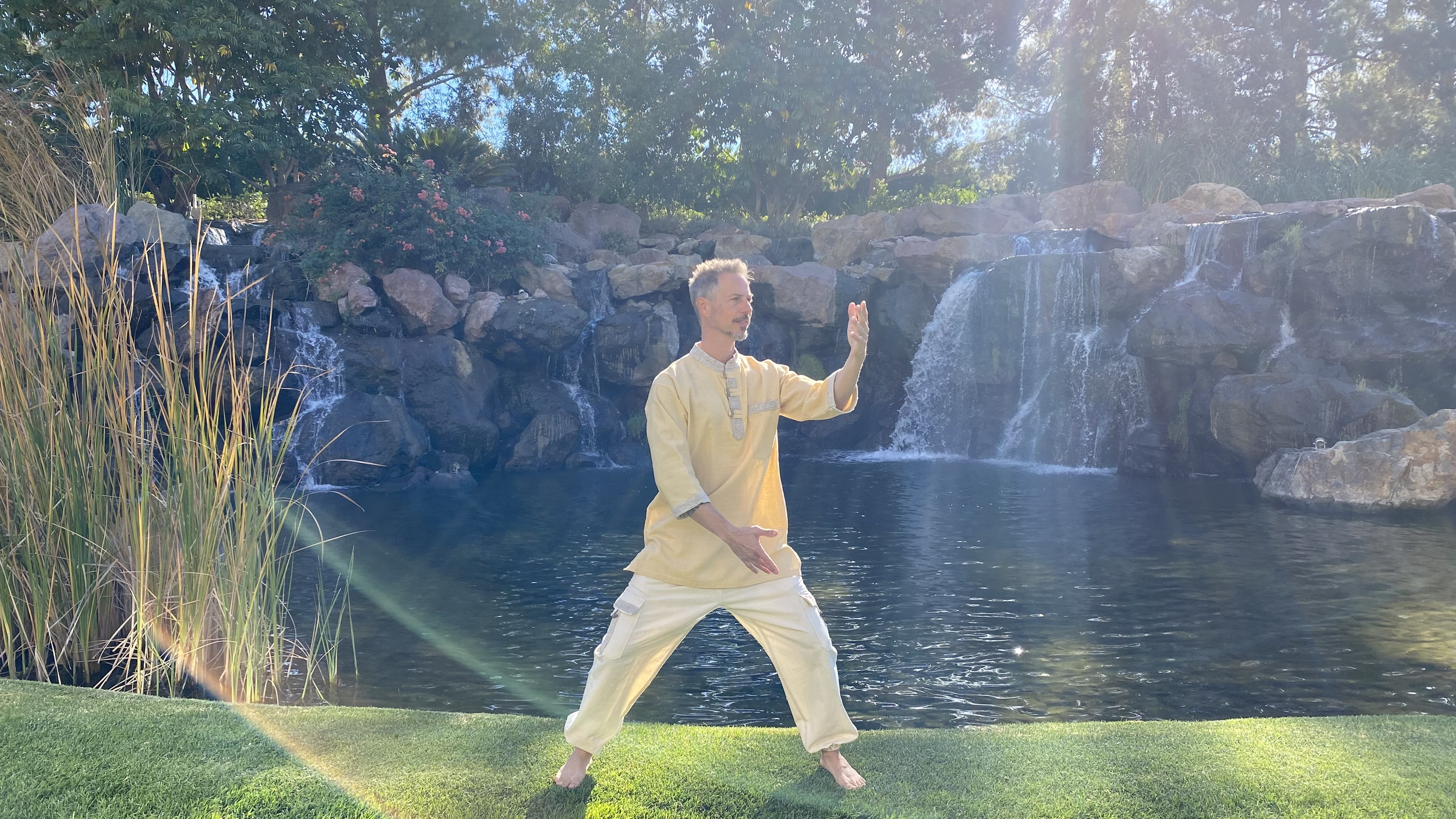The Need for a Safe Mental Space
Anxiety can create a feeling of being trapped in constant worry and fear. The mind races, the body tenses, and calmness feels out of reach. In such moments, creating a safe space within becomes essential. One powerful way to achieve this is through Guided Meditation for Anxiety. By providing gentle direction, guided meditation for anxiety allows individuals to step away from chaos and discover an inner sanctuary of peace and security.
How Guided Meditation for Anxiety Creates Calmness
Guided meditation for anxiety works by slowing the mind and grounding the body. Through mindful breathing, soothing instructions, and calming visualizations, it shifts attention away from stress and into the present moment. Guided meditation for anxiety creates a supportive environment where emotions are acknowledged without judgment, fostering a safe space that promotes healing and calmness.
Breathing as the Anchor
One of the core elements of guided meditation for anxiety is the focus on breath. Anxiety often causes shallow, rapid breathing that intensifies stress. Guided meditation for anxiety teaches slow, intentional breathing that calms the nervous system and reassures the body. Each inhale brings in calm, while each exhale releases tension, reinforcing the sense of inner safety.
Visualization for a Safe Sanctuary
Guided meditation for anxiety often uses visualization to build a personal safe space. Whether imagining a peaceful beach, a quiet forest, or a cozy room, these mental images become sanctuaries of comfort. Guided meditation for anxiety transforms these visualizations into powerful tools for creating calmness, accessible anytime stress arises.
Breaking Away from Fearful Thought Patterns
Anxiety feeds on cycles of repetitive worry. Guided meditation for anxiety interrupts these cycles by introducing mindfulness practices. Instead of engaging with fearful thoughts, individuals learn to observe them with detachment. Guided meditation for anxiety creates distance between the self and the thoughts, making it easier to release fear and embrace calm awareness.
Daily Practice for Lasting Calmness
Practicing guided meditation for anxiety regularly helps solidify its benefits. Just 10–15 minutes a day can gradually reprogram the mind toward peace. Morning practice creates a calm foundation for the day, while evening sessions release accumulated stress. Guided meditation for anxiety adapts easily to different routines, ensuring that the safe space it creates is always accessible.
Long-Term Emotional Support
Beyond immediate calm, guided meditation for anxiety builds resilience over time. It strengthens emotional balance, improves self-awareness, and encourages compassionate responses to stress. Guided meditation for anxiety also enhances patience and clarity, providing tools for facing challenges without being overwhelmed.
Conclusion
Finding a safe space within is vital for managing anxiety and restoring calmness. Guided meditation for anxiety offers this sanctuary through breathwork, visualization, and mindfulness. With consistent practice, guided meditation for anxiety provides not only temporary relief but also long-term emotional strength. It becomes a trusted safe space, guiding individuals toward peace and resilience in daily life.




